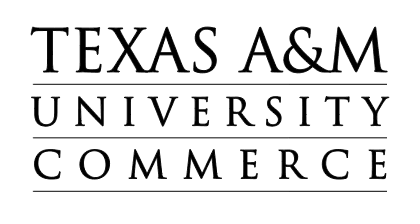Master of Fine Arts
Requirements for admission to the Graduate School and the Department of Art are set forth in the annual Graduate Catalog. Please be aware that Master level applicants are required to apply both to the Graduate School and to the department. A special application packet is provided by the Department of Art. For forms and more information, download the pdf below.
Download application procedures
Residency Requirement
The purpose of the residency requirement is to ensure that the student will experience fully the programmatic offerings of the Department of Art. The art faculty defines residency as working regularly on campus in assigned studio spaces while participating in the program and graduate reviews in a substantial way. Exceptions to this requirement can be petitioned through the graduate coordinator or the department head if personal circumstances at times prohibit an active and regular presence on campus. The minimum residency requirement is two semesters of full-time enrollment (9 semester hours each term) exclusive of summer terms.
Transfer Credit
A maximum of 20 semester hours for the M.F.A. degree or up to 1/3 of the credit required for a master's degree may be accepted as transfer credit from another accredited graduate school. Transfer credit must be in art and will be granted only for those courses in which the student received a grade of “B" or better and for which evidence of work can be demonstrated in the form of a portfolio review. Students wishing to transfer courses toward their degree requirements at A & M-Commerce must complete a Graduate Transfer Course Request Form, available in the department office. Students concurrently enrolled or active at another institution during the final semester, as for example in the New Learning Context Semester Away, should anticipate a delay in graduation of one semester. The combination of transferred credit and credit earned by extension will not exceed 20 semester hours or 1/3 of the credit required for the Master's degree.
Distribution of Courses
- Studio Emphasis (a suggested minimum of 8 courses) – 32 s.h.
- Art History and Theory (min. of 2 courses) – 6 s.h.
- Seminars (2 courses, 3 s.h. per course) – 6 s.h.
- New Learning Context (select one option) – 12 s.h.
- Semester Away
- Planned Program Alternative
- Thesis: Creative Exhibit – 6 s.h.
Minimum Total: 62 s.h.
Number of Courses
- Studio Emphasis – 8 courses
- Art History and Theory – 2 courses
- Seminars – 2 courses (equivalency)
- New Learning Context – 4 courses (equivalency)
- Thesis – 2 courses (equivalency)
Minimum Total: 18 courses (equivalency)
Admission to Candidacy
Until admitted to candidacy for the M.F.A. degree, each student is considered to be pursuing the M.S. degree. However, the student will follow the procedures and degree plan established for the M.F.A. degree, including the selection of an advisory committee and the participation in the graduate reviews.
Graduate Studios
Studios are provided for M.F.A. graduate students whenever they are available. Studios are distributed according to seniority (returning graduate students have first choice) at the first meeting with the graduate coordinator at the beginning of each term. Unless other arrangements are made with the graduate coordinator or the department head, studios are assigned only so long as the student is enrolled in art classes.
The New Learning Context - ARTS 530
This unique 12-semester hour experience is required, in part, to supplement the options, influences and challenges available at A&M-Commerce alone. The student is encouraged to experiment with and to encounter new ideas and methodologies within a context that is distinctly different from A&M-Commerce. The student's activity in the New Learning Context is expected to exceed and to be distinguishable from previous experiences in his or her background. The work stemming from the New Learning Context should reflect thoughtful planning, imagination, commitment and high professional standards. While it should provide new insights for the student, it should also relate to the student's chosen area of concentration and overall aesthetic aims.













